The Latest Exhibition
Records of Mountains and Seas
Exhibition Time:From August 1st to October 31st, 2024.
Exhibition Venue:
L1 (L140 - L141), 8 Bā Cāng Hui, Shangri - La, No.9 Xinquan South Road, Gulou District, Fuzhou City.
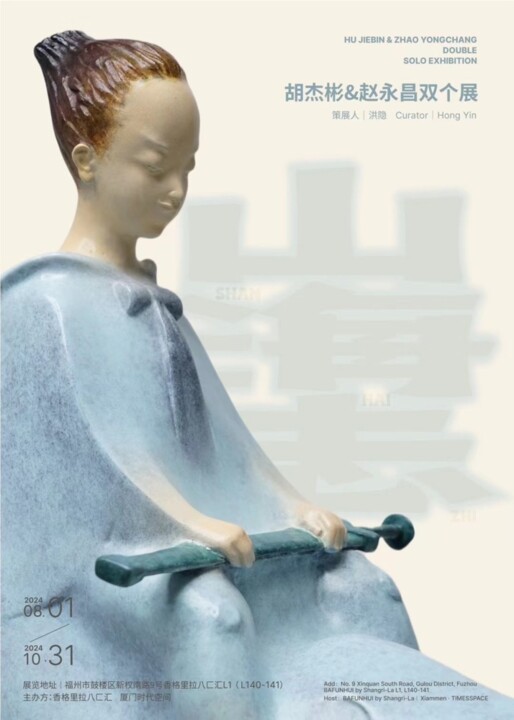
exhibition poster
From "An Ding Qin He" to "Illustrated Treatise on the Maritime Kingdoms"
By Hong Yin
Lin Zexu, the "Great Man of Zuo Hai", when he was young, cleverly paired "I will be the peak when climbing to the top of the mountain" with his teacher's "The sky will be the shore when the sea reaches the boundless", clearly showing his lofty aspiration. Mountains and seas have shaped the Fujianese people's nature of "respecting heaven and loving others". Lin Zexu, Shen Baozhen and other gentlemen had been deeply influenced by Mazu's spirit of "cultivating virtue and doing good deeds" since childhood, and it was common for them to worship and renovate Mazu temples. Shen Baozhen was Lin Zexu's son - in - law, and Yan Fu was Shen Baozhen's favorite student. In the winter of 1918, Yan Fu returned to Fuzhou from Beijing. In January of the following year, he was determined to rebuild the "Shangshu Temple" in memory of Chen Wenlong and personally wrote "The Notice of Fund - raising for the Reconstruction of the Ancestral Shangshu Temple". Such subtle inheritances are extremely obvious in Hu Jiebin, an artist born in Penglai, Anxi, Quanzhou and long - based in Hongtang, Fuzhou. "Land, clan, art" are Hu Jiebin's three key words. He once paid tribute to his clan and father with his solo exhibition in Shanghai named "An Ding Qin He". Lacquer was the main medium, and the "doors" constructed through paintings and installations led to the past and the future, to the individual and the world, and also to "Records of Mountains and Seas" which will be exhibited at 8 Bā Cāng Hui in Shangri - La.
This door is right between the mountains and the seas.
In the summer of 1841, Lin Zexu was demoted and dismissed because of the Sino - British negotiations. He met Wei Yuan in Jingkou. Lin Zexu handed over the "Records of the Four Continents" which he had compiled and translated in Guangdong to Wei Yuan, instructing him to edit and perfect it so as to publish it as soon as possible and contribute to the enlightenment of the people. Wei Yuan lived up to his trust. Based on the "Records of the Four Continents", he widely collected foreign documents and works, compiled and edited them, and finally completed the "Illustrated Treatise on the Maritime Kingdoms" after three revisions. Wei Yuan was born in Shaoyang, Hunan, which was exactly the hometown of sculptor Zhao Yongchang. Zhao Yongchang is good at drawing nutrients from the "Classic of Mountains and Rivers", expressing his feelings through myths and fables, and has a potential correspondence in his bones with Lin Zexu and Wei Yuan's "aspirations for the maritime kingdoms". Taking one of his representative works, "Hetu - The Dragon - Riding Youth", as an example: A dragon - horse emerged from the Yellow River, with a diagram on its back, which was the Hetu. The simplicity of the young swordsman was both realistic and surreal. The energy he possessed tamed all evils quietly with his sword sheathed. The tacit understanding between the dragon - riding youth and the dragon condensed into a ray of light in his silent meditation.
This ray of light is right between the mountains and the seas.
Hu Jiebin and Zhao Yongchang have completely different creative styles, but between the mountains and the seas, they meet with their aspirations, which also echoes Lin Zexu's saying: "The sea admits hundreds of rivers for its capacity to hold; the cliff stands thousands of feet high with no desire but to be firm." Traditional and contemporary, abstract and concrete, virtual and real, obvious and hidden, etc. are self - explorations that art creators must constantly face. From "An Ding Qin He" to "Illustrated Treatise on the Maritime Kingdoms", it is both a retrospection and a prospect; it is both an observation and an inspiration. Knowing where one comes from and where one is going, knowing the how and the why, knowing the white and keeping the black, this is also the way of existence that Western philosophers such as Heidegger perceived when looking at the East from afar. Remove the false and keep the true, follow the light and move forward earnestly, and open the door to see the mountains and the seas. Looking back at the once - turbulent past, it seems that once again we can hear Confucius saying by the river: "The passage of time is like the flow of water, day and night without ceasing."
Written in Ban Yin Tang during the passage of Typhoon Gomei.
Exhibition Scence
Find more artworks that you like
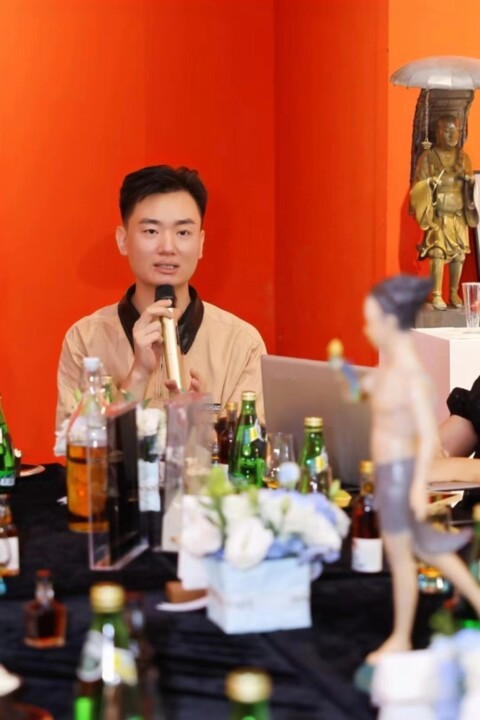
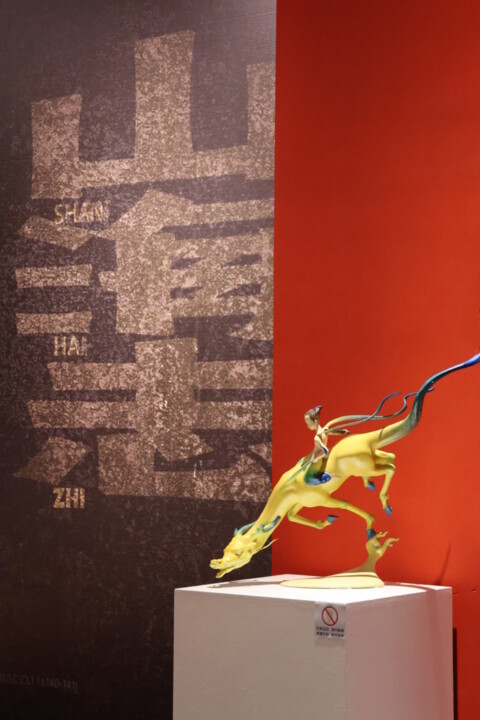
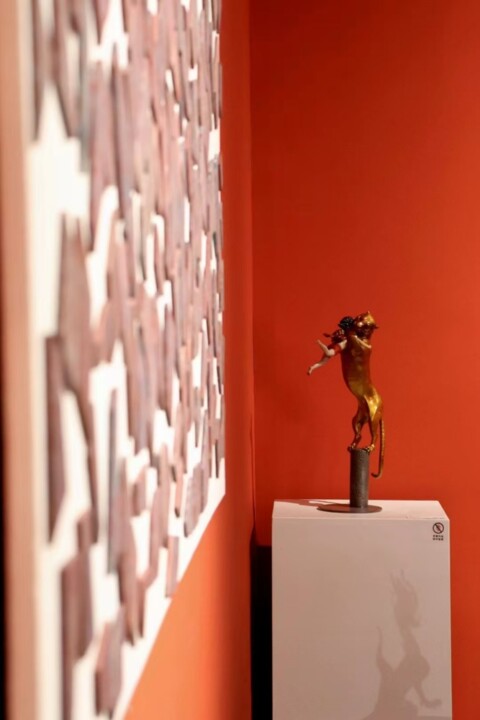
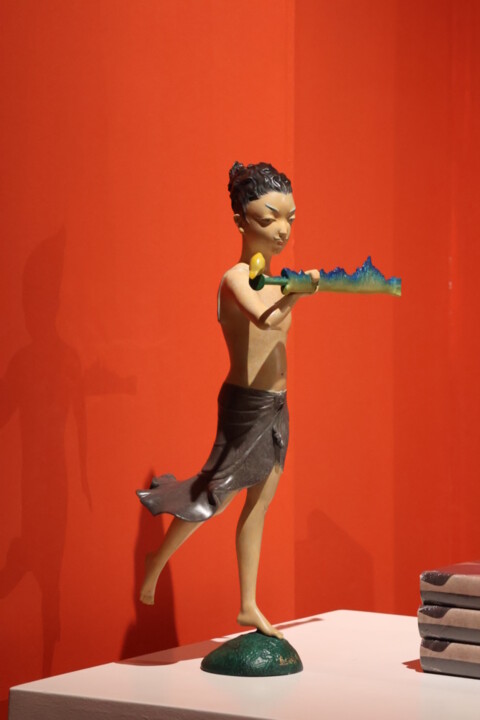
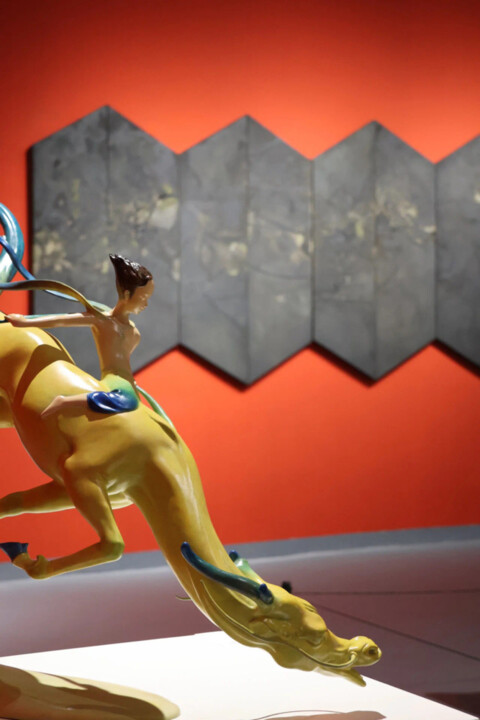
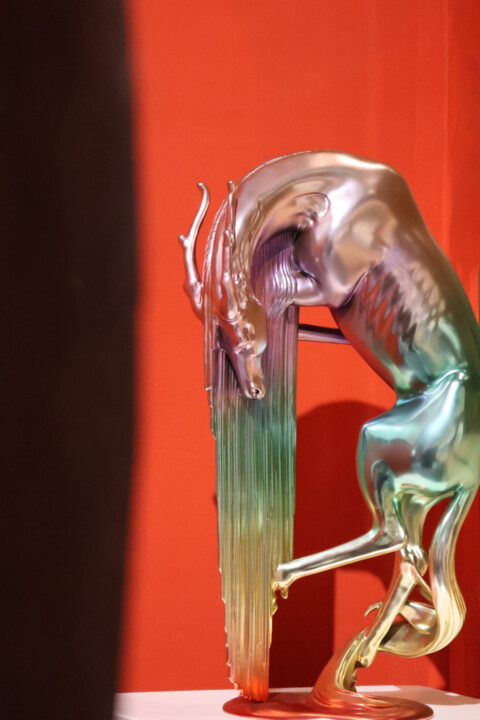
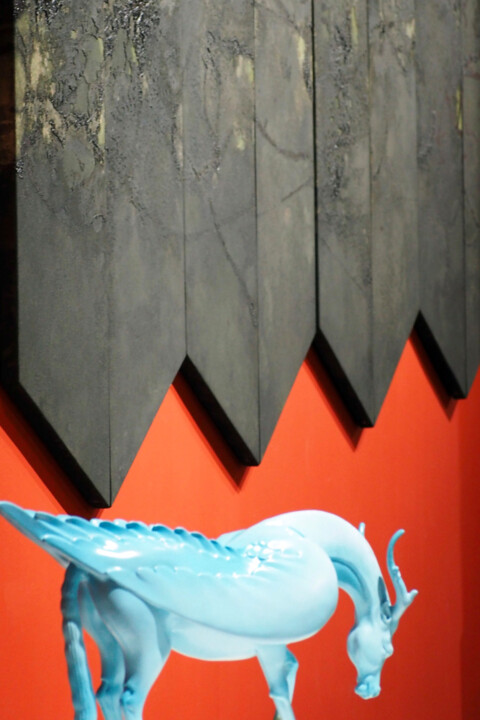
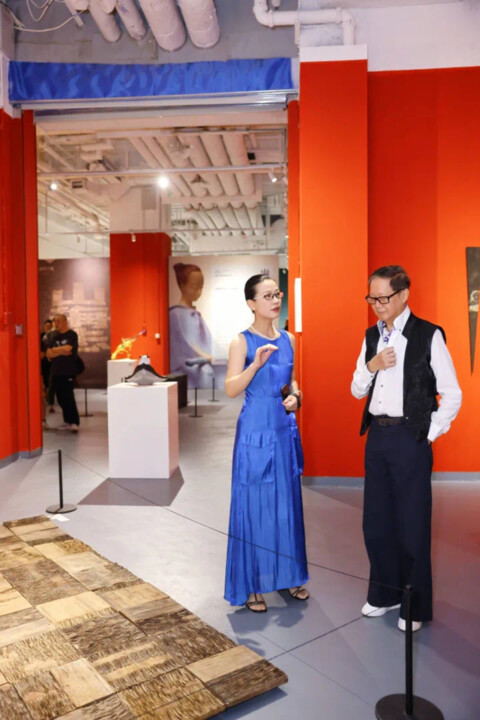

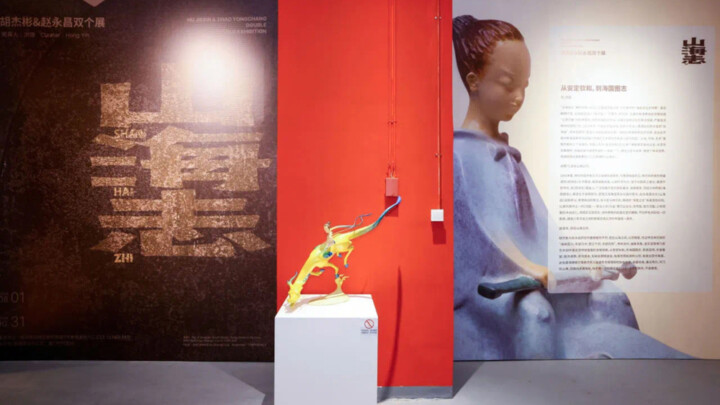
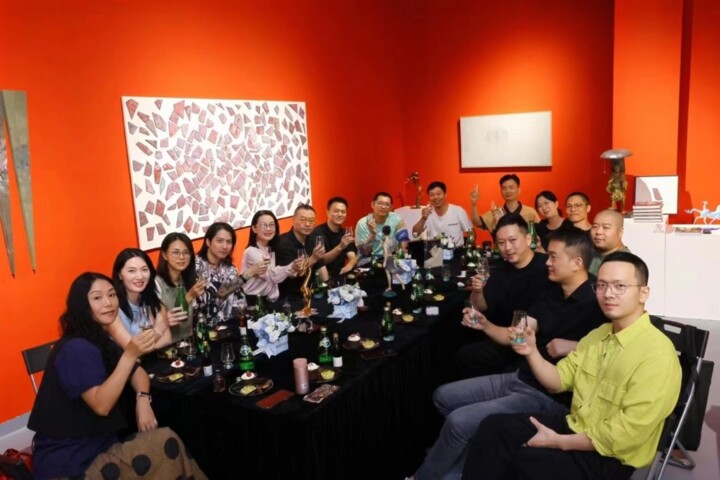
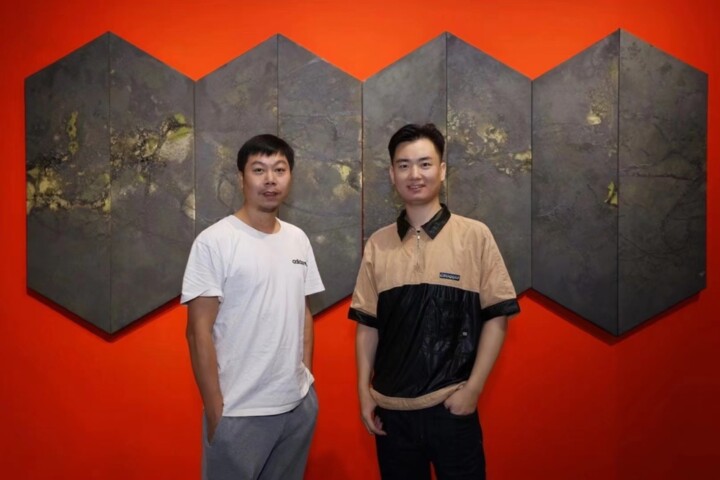
My Channel
Walker







